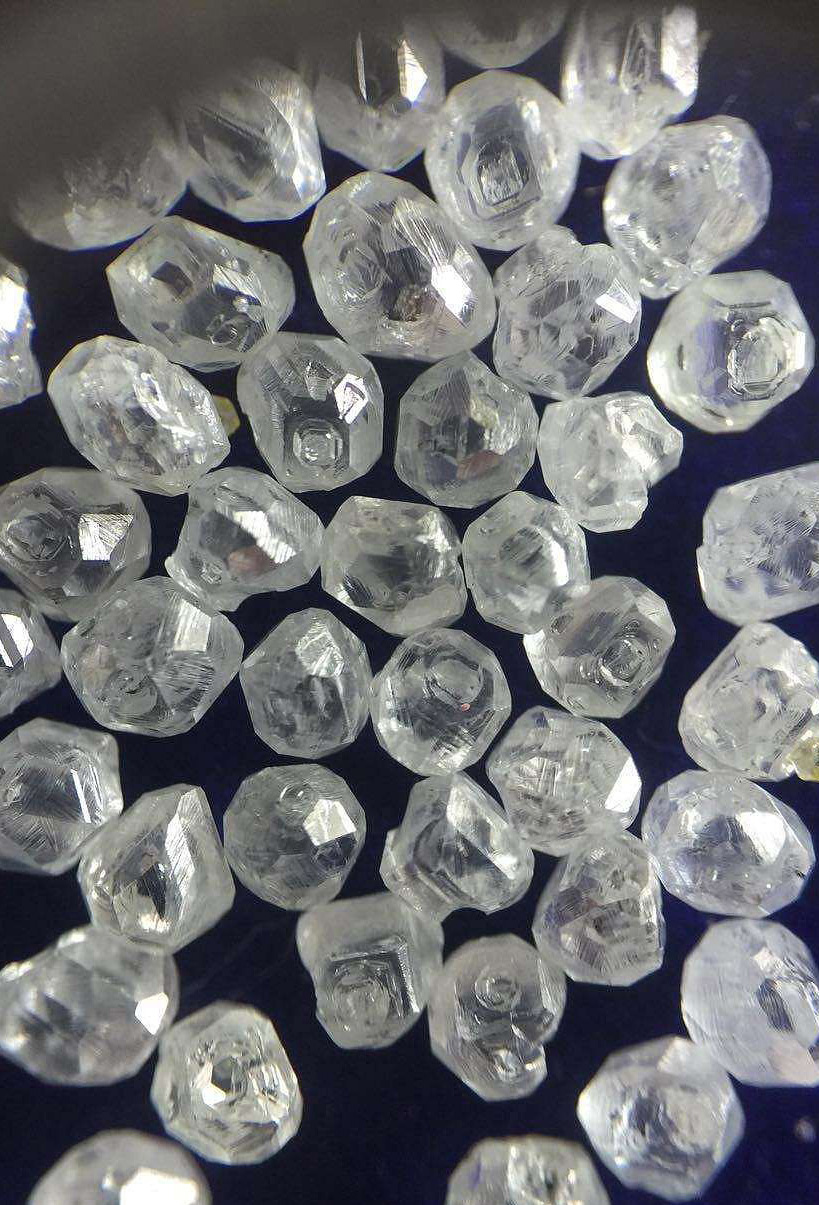Production process


Receiving samples
Once we receive your sample, it is stored in an airtight container with an individual number to ensure that your sample will not be confused and that the entire package is not opened until it arrives at the lab.

Element analysis
Once the samples are received in the laboratory, they are ground to a powder with a grinding device and analyzed chemically to ensure that we are getting enough carbon and that the chemical composition analysis is a sign of uniqueness.

Carbon extraction
The sample powder is placed in a vacuum furnace and the carbon source samples are processed at high temperature for 3 hours.

Graphite conversion
A sand-sized diamond is mixed into the extracted carbon and the carbon is compressed to obtain a graphite disc, which is the key ingredient for subsequent diamond culture.

Diamond Cultivation
The resulting graphite discs are placed in a diamond incubator, a heavy-duty machine that mimics the ultra-high temperature and pressure environment that natural diamonds experience in the mantle, and is incubated for several weeks to break the graphite's carbon atomic bonds and reassemble the diamond structure on top of the diamond seeds.

Post-processing and cutting
The white capsule containing the raw diamond stone is removed, chiseled and the discs inside are placed in a specific liquid to dissolve the surface, resulting in a raw diamond stone. After the rough stone has passed through the hands of a cutter and polisher, a new diamond is created.

Inspection and identification
Diamonds are sent to an internationally recognized certification body for inspection and certification to ensure quality. We also issue a certificate of carbon origin for each diamond, guaranteeing that the carbon in the diamond comes from the sample you provide.







